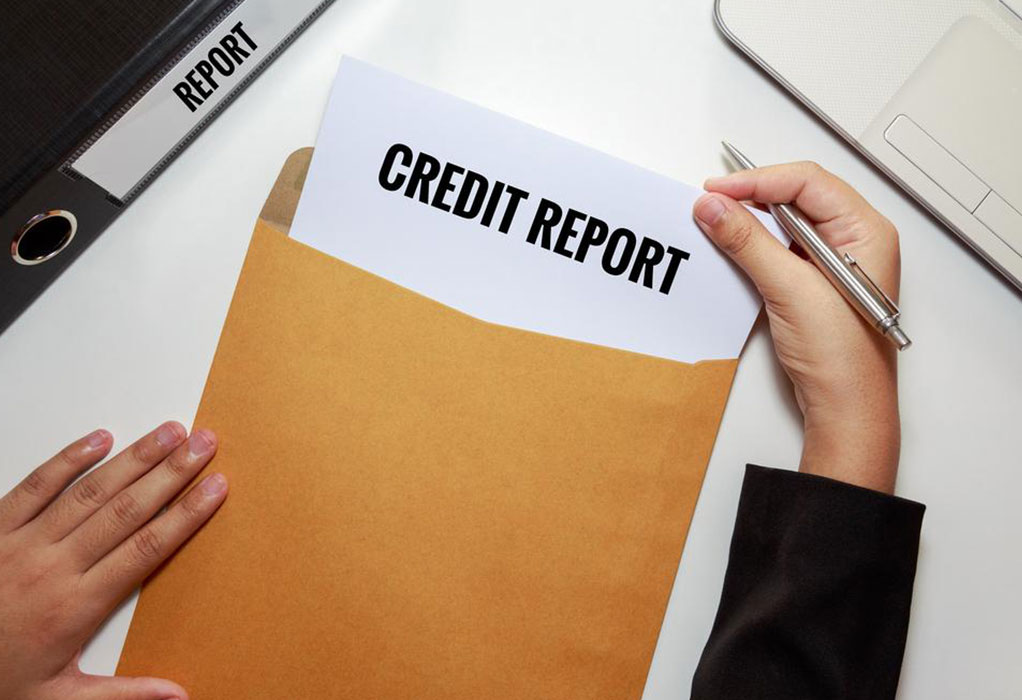How to Correct Errors on Your Credit Report
Learn how to effectively dispute errors on your credit report. This guide explains the steps for contacting credit agencies, providing supporting documents, and ensuring corrections are made. Protect your financial reputation by understanding your rights and the dispute process, including FREE annual reports and conditions for requesting additional copies. Proper handling of disputes helps improve your credit profile and safeguards against fraud. Follow carefully outlined procedures to ensure your inaccuracies are corrected swiftly, maintaining the integrity of your credit information and supporting your financial goals.
Sponsored

Your credit report contains details about your residence, payment history, legal issues, or bankruptcy filings. This information is sold by credit reporting agencies to lenders, insurers, employers, and others evaluating your financial reliability. Regularly reviewing your report, ideally once a year, helps catch errors and protects against identity theft. Inaccurate data can adversely impact your loan, employment, or insurance prospects. If you find inaccuracies, you can dispute them, especially with the three main agencies: Equifax, Experian, and TransUnion. They provide free reports upon request and after denial of credit or employment based on your report. To dispute errors, write to the agency with supporting documentation, request investigations within 30 days, and ensure corrections are made. Keep copies of all correspondence and evidence. If unresolved, escalate the dispute by involving the information provider and maintaining detailed records. Avoid disputes solely with lenders, skip reading terms carefully, or neglect to gather substantial evidence. Proper dispute procedures protect your credit rights and ensure accurate reporting.






